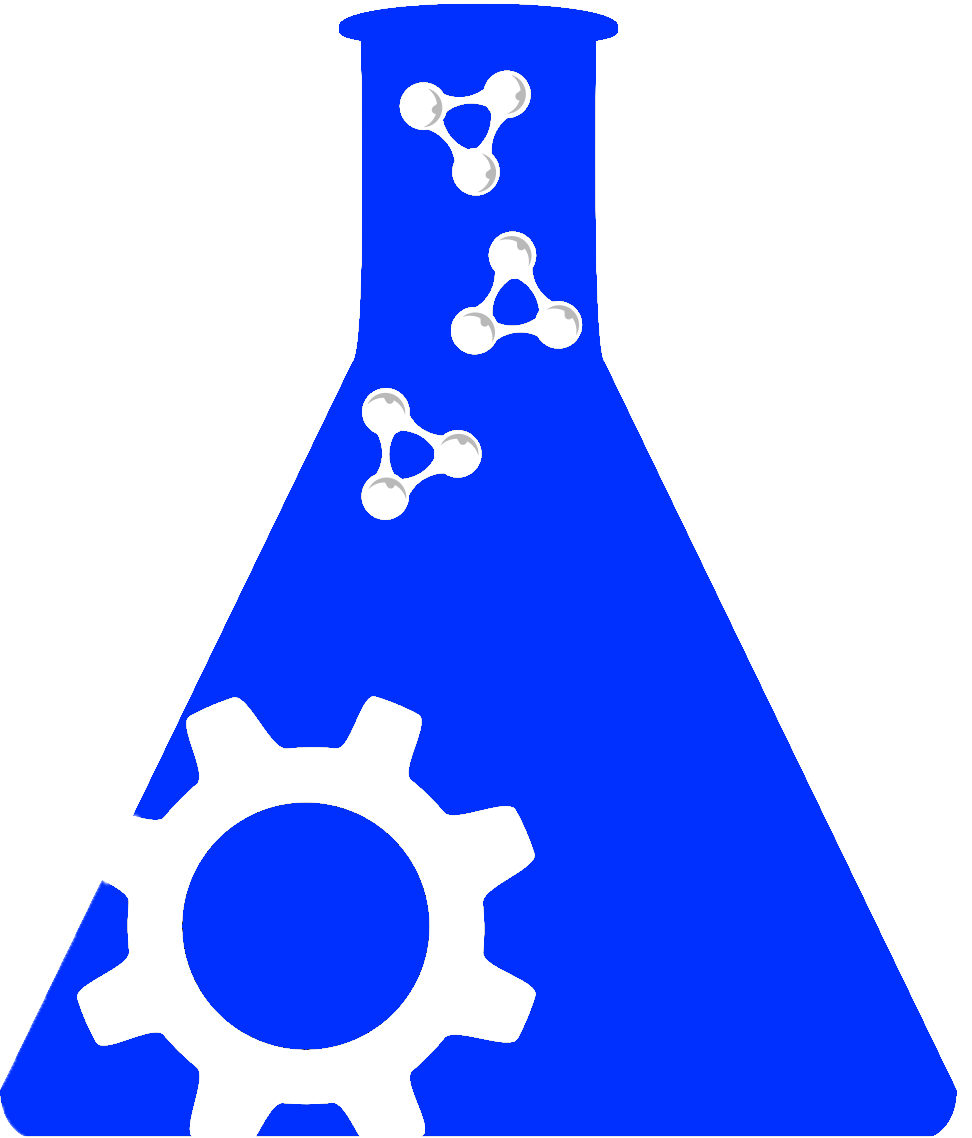Searching across hundreds of databases

Are you sure you want to leave this community? Leaving the community will revoke any permissions you have been granted in this community.
NIMP: Neuroanatomy-anchored Information Management Platform for Collaborative BICAN Data Generation (RRID:SCR_024684)Copy Citation Copied
URL: https://brain-specimenportal.org/
Proper Citation: NIMP: Neuroanatomy-anchored Information Management Platform for Collaborative BICAN Data Generation (RRID:SCR_024684)
Description: Web application that tracks the status of the BICAN consortium tissue samples and related data.NIMP is developed under NIH BRAIN Initiative's BICAN U24MH130988 award as a part of the coordinating unit for biostatistics, informatics, and engagement (CUBIE) for the BRAIN Initiative Cell Atlas Network (BICAN) program.NIMP consists of two portals for BICAN collaborative data generation: the Specimen Portal and the Sequence Library (SeqLib) Portal. The Specimen Portal focuses on tissue management from donors to brain slabs and annotated brain samples. The SeqLib Portal manages the workflow starting from tissue, all the way downstream to track data deposition to assay-dependent, data-modality-specific archives. Both portals work in tandem to generate multimodal genomic data that can be traced back to their anatomical origins using the Allen Brain Atlas. The portals provide multiple types of data interfaces through dashboards, APIs, faceted queries, and batch data ingestion and exporting. All of the underlying functionalities are achieved through a robust agile development strategy using NHash resource identifiers, metadata standardization, active combinatorial dashboarding, resource provenance linkage and rendering (e.g. Sankey diagrams), and dedicated interfaces with NIH Neuro Biobank, sequencing centers, NeMO, and the larger BICAN data ecosystem.
Abbreviations: NIMP
Synonyms: BICAN Specimen Portal
Resource Type: portal, organization portal, data or information resource
Keywords: BICAN, BICAN consortium tissue samples and related data, data tracking,
Expand Allworks with |
|
is organization facet of |
We found {{ ctrl2.mentions.total_count }} mentions in open access literature.
We have not found any literature mentions for this resource.
We are searching literature mentions for this resource.
Most recent articles:
{{ mention._source.dc.creators[0].familyName }} {{ mention._source.dc.creators[0].initials }}, et al. ({{ mention._source.dc.publicationYear }}) {{ mention._source.dc.title }} {{ mention._source.dc.publishers[0].name }}, {{ mention._source.dc.publishers[0].volume }}({{ mention._source.dc.publishers[0].issue }}), {{ mention._source.dc.publishers[0].pagination }}. (PMID:{{ mention._id.replace('PMID:', '') }})
A list of researchers who have used the resource and an author search tool

A list of researchers who have used the resource and an author search tool. This is available for resources that have literature mentions.
No rating or validation information has been found for NIMP: Neuroanatomy-anchored Information Management Platform for Collaborative BICAN Data Generation.
No alerts have been found for NIMP: Neuroanatomy-anchored Information Management Platform for Collaborative BICAN Data Generation.
Source: SciCrunch Registry
NIMP: Neuroanatomy-anchored Information Management Platform for Collaborative BICAN Data Generation is part of the following organization(s):